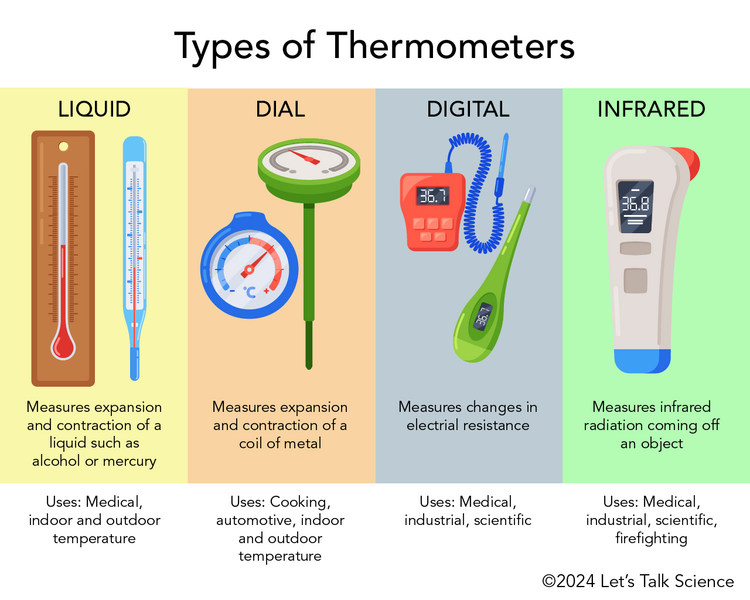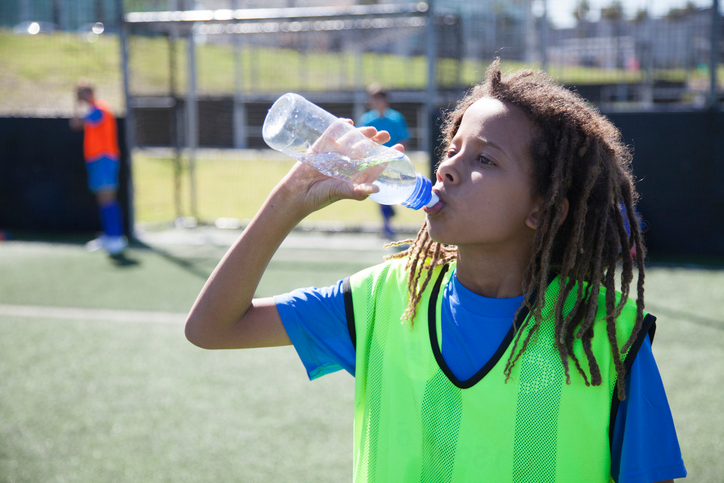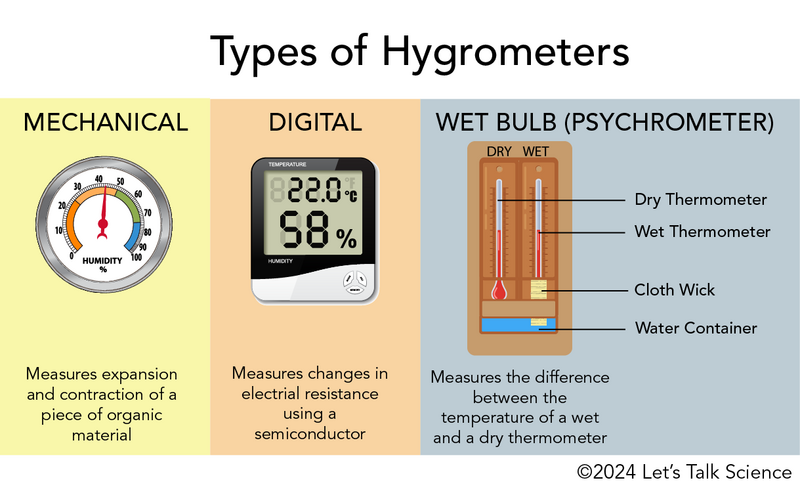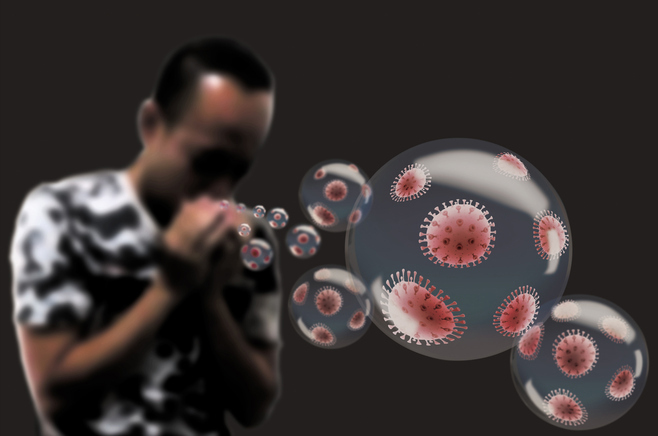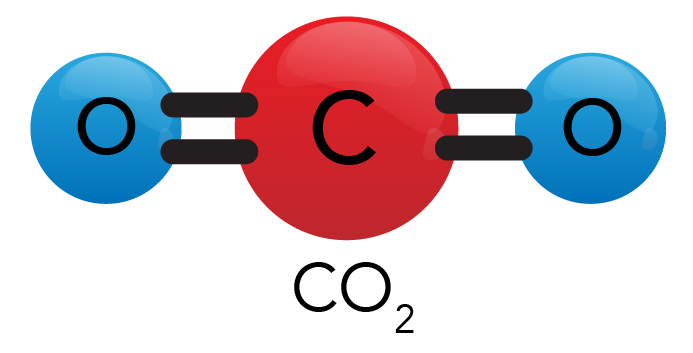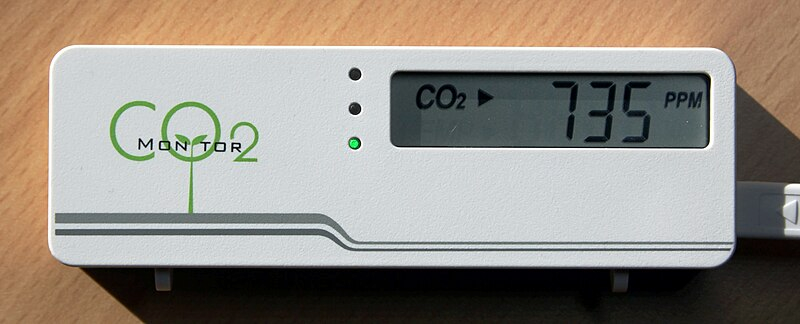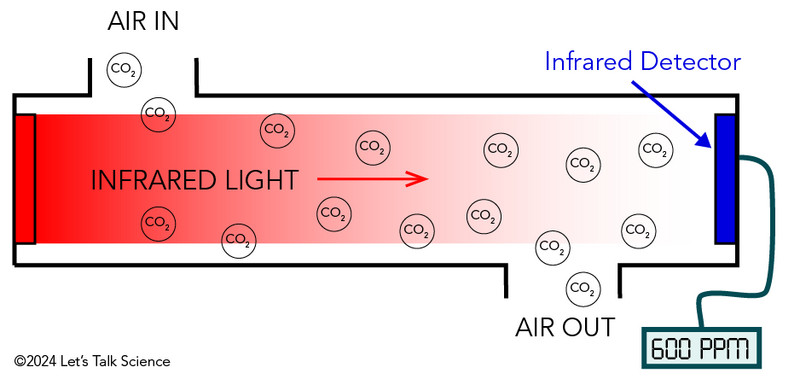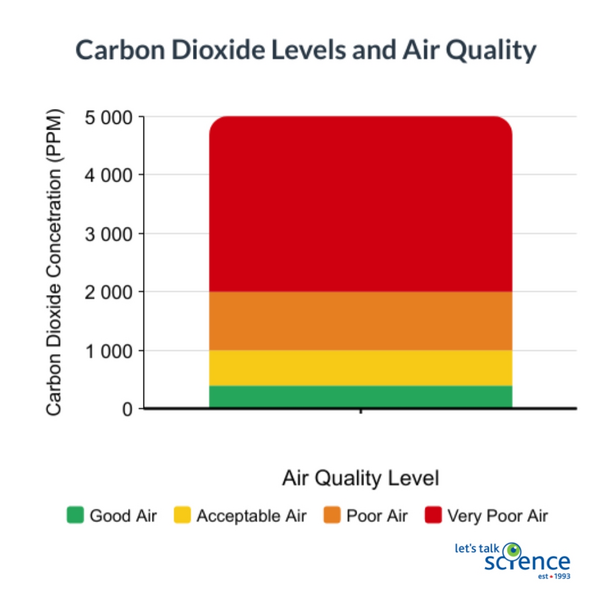How do indoor environments impact physical and mental health?

People indoors (©2024 Let’s Talk Science)

People indoors (©2024 Let’s Talk Science)
How does this align with my curriculum?
Curriculum Alignment
BC
12
Anatomy & Physiology 12 (June 2018)
Big Idea: Organ systems have complex interrelationships to maintain homeostasis
YT
12
Anatomy & Physiology 12 (British Columbia, June 2018)
Big Idea: Organ systems have complex interrelationships to maintain homeostasis
AB
9
Knowledge and Employability Science 8, 9 (revised 2009)
Unit D: Electrical Principles and Technologies
BC
10
Science Grade 10 (March 2018)
Big Idea: Energy is conserved and its transformation can affect living things and the environment.
NU
11
Science 24 (Alberta, 2003, Updated 2014)
Unit B: Understanding Common Energy Conversion Systems
YT
10
Science Grade 10 (British Columbia, June 2016)
Big Idea: Energy is conserved and its transformation can affect living things and the environment.
NT
9
Knowledge and Employability Science 9 (Alberta, Revised 2009)
Unit D: Electrical Principles and Technologies
NT
11
Science 24 (Alberta, 2003, Updated 2014)
Unit B: Understanding Common Energy Conversion Systems
BC
8
Science Grade 8 (June 2016)
Big Idea: The behaviour of matter can be explained by the kinetic molecular theory and atomic theory.
YT
8
Science Grade 8 (British Columbia, June 2016)
Big Idea: The behaviour of matter can be explained by the kinetic molecular theory and atomic theory.
BC
12
Anatomy & Physiology 12 (June 2018)
Big Idea: Homeostasis is maintained through physiological processes.
YT
12
Anatomy & Physiology 12 (British Columbia, June 2018)
Big Idea: Homeostasis is maintained through physiological processes.
BC
11
Life Sciences 11 (June 2018)
Big Idea: Life is a result of interactions at the molecular and cellular levels.
NU
11
Knowledge and Employability Science 20-4 (Alberta, 2006)
Unit C: Disease Defence and Human Health
YT
11
Life Sciences 11 (British Columbia, June 2018)
Big Idea: Life is a result of interactions at the molecular and cellular levels.
NT
11
Knowledge and Employability Science 20-4 (Alberta, 2006)
Unit C: Disease Defence and Human Health
NS
8
Science Grade 8 (2020)
Learners will create a model that demonstrates the principles of kinetic molecular theory.
BC
9
Science Grade 9 (June 2016)
Big Idea: The biosphere, geosphere, hydrosphere, and atmosphere are interconnected, as matter cycles and energy flows through them.
BC
11
Earth Sciences 11 (June 2018
Big Idea: The transfer of energy through the atmosphere creates weather and is affected by climate change.
YT
11
Earth Sciences 11 (British Columbia, June 2018
Big Idea: The transfer of energy through the atmosphere creates weather and is affected by climate change.
YT
9
Science Grade 9 (British Columbia, June 2016)
Big Idea: The biosphere, geosphere, hydrosphere, and atmosphere are interconnected, as matter cycles and energy flows through them.
